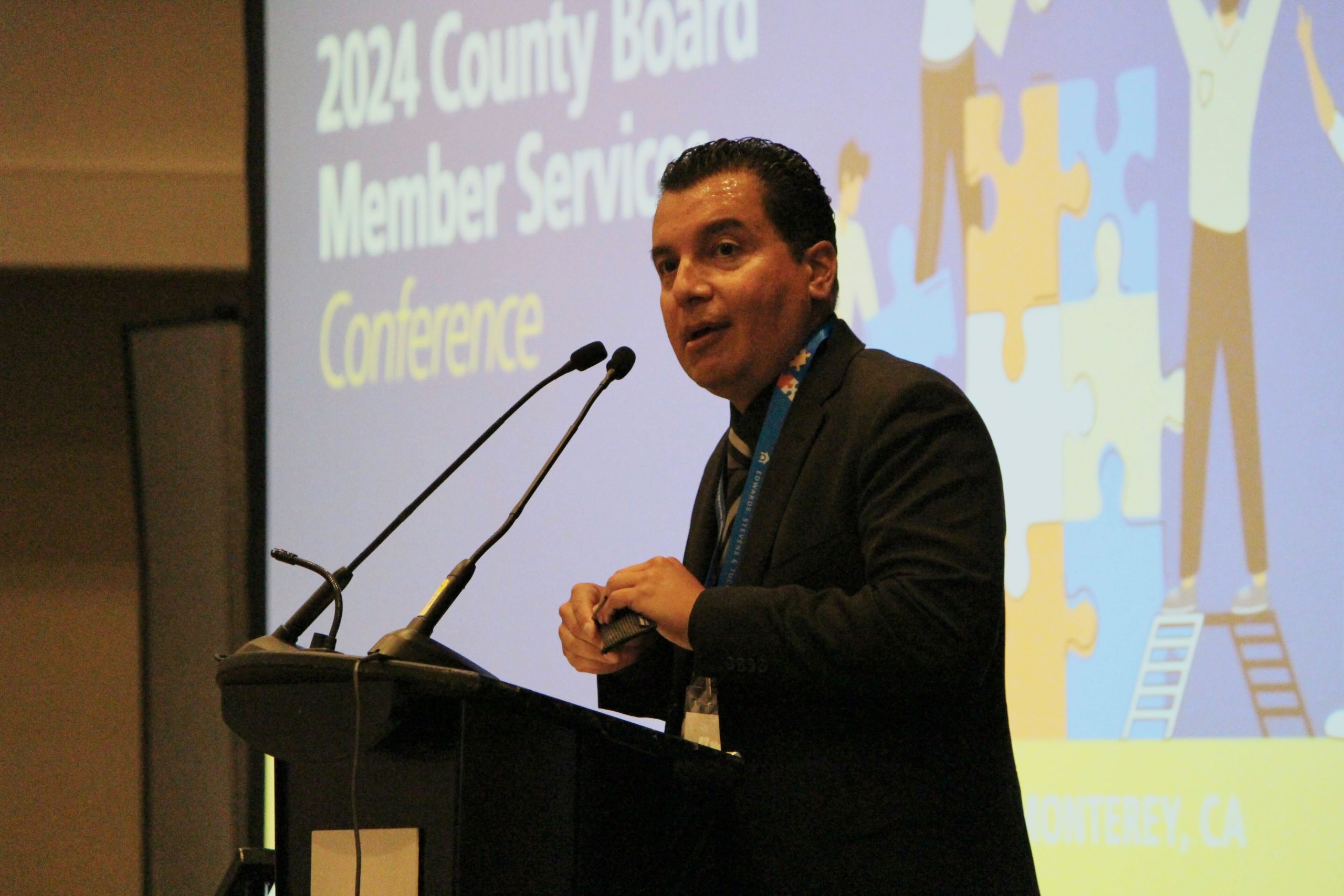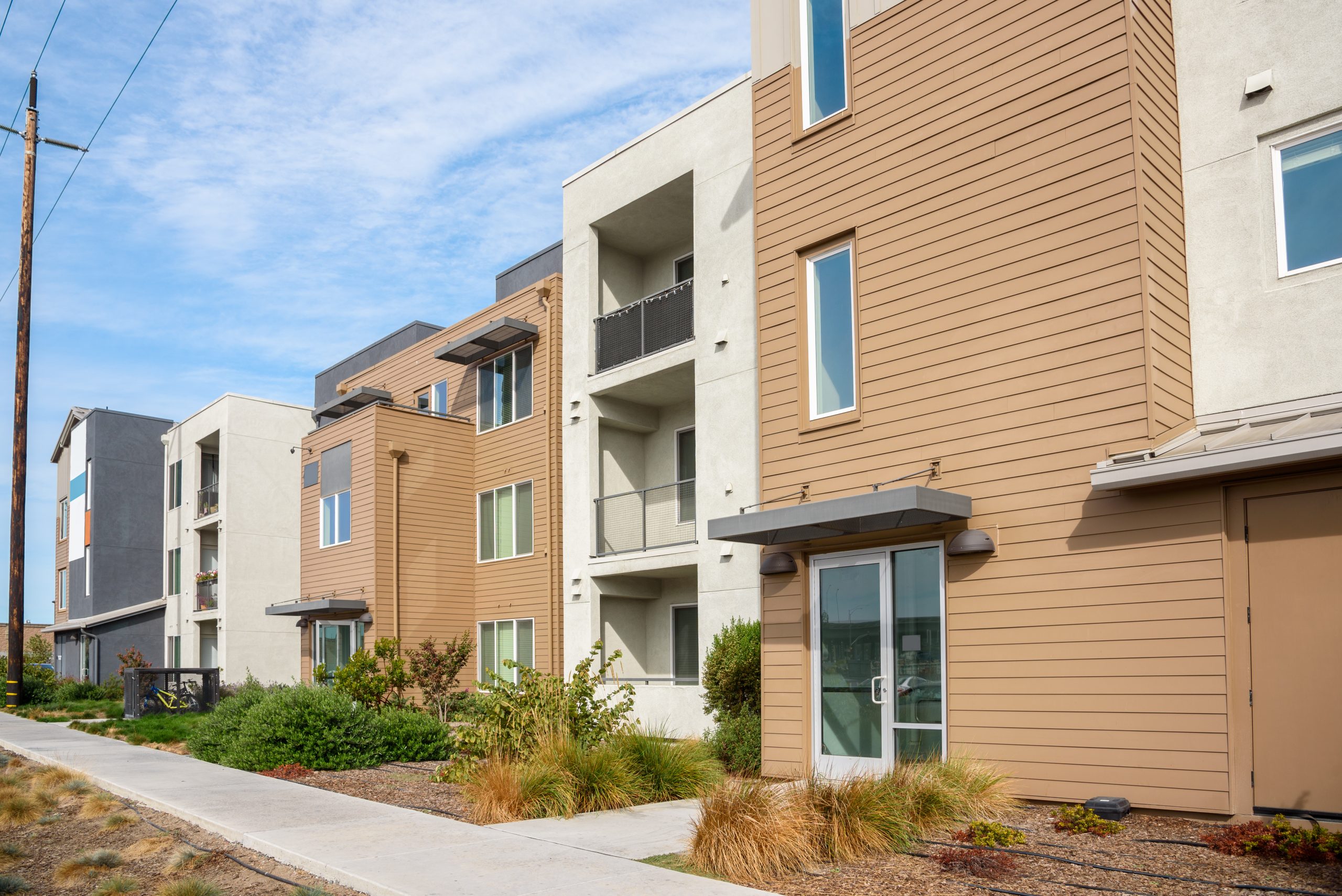California has committed to providing universal prekindergarten (UPK) for all 4-year-olds and expanding access for income-eligible 3-year-olds by the 2025–26 school year. California UPK includes transitional kindergarten (TK), the California State Preschool Program (CSPP), Head Start and locally funded early learning programs.
Since 2021, this goal has been supported by the Legislature and Newsom Administration through a total of $500 million in funding, provided through two rounds of the Universal Prekindergarten Planning and Implementation Grant. The grant funds were to be used to support TK and CSPP, as well as to strengthen partnerships among UPK providers.
A new report from the Learning Policy Institute, Universal Prekindergarten Expansion in California: Progress and Opportunities, provides an update on UPK implementation across the state through an analysis of survey responses from 1,384 local educational agencies, which represent 95 percent of public school districts, as well as 65 percent of charter schools with elementary grades.
“Findings from this analysis provide key insights into LEA plans and implementation related to service delivery models, facilities and transportation, instruction and assessment, strategies to support student needs, workforce development, teacher and school leader professional development, implementation challenges, and technical assistance needs,” the report states.
Key findings
UPK implementation: In the 2022–23 school year, 81 percent of all responding LEAs (74 percent of school districts and 92 percent of charter schools) offered TK at all their elementary sites. Forty-six percent of UPK classrooms were TK stand-alone classes; 33 percent were CSPP, Head Start or other early learning classes; 18 percent were TK-kindergarten combination classes; and the rest were combination classes of TK with either CSPP or locally funded preschool. Half of all LEAs committed to expanding TK more quickly than legislatively required and offered early admittance TK in the 2022–23 school year, and almost 48 percent of all LEAs planned to continue offering early-admittance in 2023–24. Overall, 82 percent of all LEAs offered full-day options in the 2022–23 school year.
Facilities needs: TK classrooms require LEAs to update or add classrooms, bathrooms and play areas that meet regulatory requirements and are developmentally appropriate for early learners. Overall, 37 percent of all LEAs used UPK Planning and Implementation Grant funding to update their facilities. The majority of LEAs (82 percent) said they have adequate classroom space to meet the projected enrollment of TK students by 2025–26. However, medium-sized LEAs were less likely than small and large LEAs to say they would have enough classroom space by 2025–26 (77 percent, compared to 84 percent of small LEAs and 83 percent of large LEAs). The 249 LEAs that stated they did not have enough classroom space indicated needing a total of 946 more classrooms to meet projected TK enrollment by 2025–26. Aside from classroom space, other common needs included restrooms in classrooms and developmentally appropriate playgrounds.
Teaching: California does not mandate specific curriculum for TK classrooms, however, the legislation requires TK curriculum to align with the California Preschool Learning Foundations. LEAs reported using a variety of curricula including a social-emotional curriculum (56 percent), a pre-K literacy-specific curriculum (52 percent), district- or teacher-developed math units for TK (45 percent), and district- or teacher-developed literacy units for TK (42 percent). About one quarter (26 percent) are using kindergarten curriculum in their TK classrooms.
“The variability among LEAs’ curricula, the content areas for which they have curricula, and the fact that curricula were not designed for preschool-age children may indicate a need for additional state assistance on pre-K curriculum and the need to educate instructional leaders on the new preschool–TK learning foundations,” the report states.
More support needed for multilingual students and students with disabilities: Over half (59 percent) of children under age 5 in California are multilingual learners, meaning more than one language is spoken in their home. In the 2021–22 school year, 29 percent of California students attending kindergarten or TK were identified as English learners. However, 57 percent of LEAs provided English-only instruction with home language support, 10 percent offered dual language programs only, 5 percent offered a combination of language models, and 1 percent offered a home language program only — 27 percent did not provide any classroom language model in TK classrooms to support multilingual students.
Students with disabilities also benefit from individualized learning and inclusive practices. In 2022–23, the majority of LEAs (64 percent) provided adaptations to instructional materials to support students with special needs, and about half (47 percent) provided additional staff to support participation in instruction.
Staffing: Most LEAs (92 percent) had sufficient staffing for lead TK teachers, but many struggled to find classroom aides with a statewide vacancy rate of 12 percent at the beginning of the 2022–23 school year and 8 percent in the middle of the year. New early childhood education requirements for TK teachers go into effect in 2025–26, and some LEAs worry that will affect their ability to hire qualified TK educators.
Funding: Many LEAs reported that costs associated with staffing, facilities upgrades and curriculum development often exceed the funding provided by the state, placing a strain on budgets. This concern was especially prevalent among basic aid districts that do not receive additional funding for TK students.





